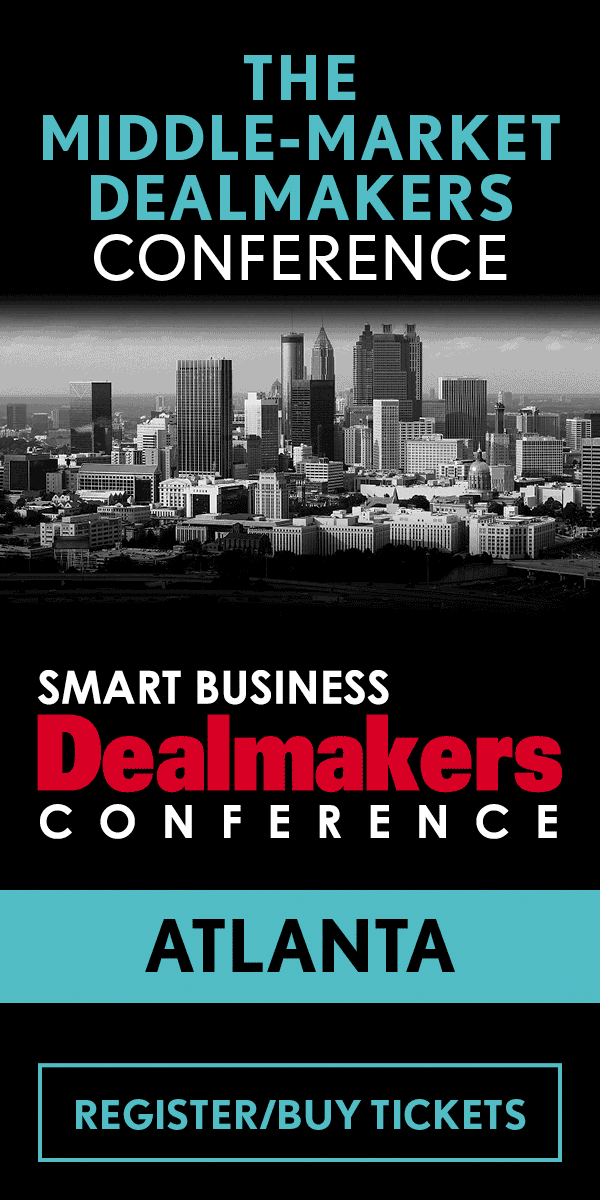Both organizations Steve Henn has led — IDEAL Industries Inc. and ITW — were at one point looking to create an M&A strategy around diversification. But the fundamental realities of each company meant their M&A strategies also diverged, as did the results.
ITW, he says, was set up in segments and wanted to diversify their portfolio to balance out what were otherwise up and down seasons.
IDEAL was more a diversification play for the family owners. The 100-year-old company has a core business that, while successful, was looking to spread beyond a single industry. There was also an interest in accelerating growth.
“In the beginning, ITW was acquiring to acquire — just make businesses better,” Henn says. “They could be very profitable at it. But as time went on they took a much narrower focus and said, How can I use an M&A strategy to accelerate my core growth, whether it's geography, whether it's product lines? And the tighter they got on that strategy, the more successful the acquisitions were.”
At IDEAL, where he CEO and director, the strategy, as the company expanded, was to create “more legs on a stool.” Instead of just being in electrical, they wanted electrical and tools. But the further away they got from their core, the less success they had in the acquisitions.
“From my perspective, when I’m looking at the acquisitions, it's how can you stay as close to the core as you can while still creating some diversity in the opportunities that are out there,” Henn says. “It's critical because the more you know about the industry, the less surprises you will have in the marketplace.”
He says a company can leverage its knowledge, its brand and the information known about those industries and come to a much better conclusion on an acquisition.
“It's critical that you really know where you want to play and focus there,” he says.
Larger organizations such as ITW, have the capacity to handle both small and large acquisitions. But IDEAL, as a mid-market company, has been much more successful with smaller, tuck-in acquisitions versus going after the large companies that stretch resources and are typically more difficult to get done from an integration standpoint.
“You don't know what you don't know when you get into the middle of a deal — the bigger, the more complex, the harder it is for a smaller mid-market company,” he says.
Henn spoke at a previous Chicago Smart Business Dealmakers Conference about getting an organization prepared for acquisitions. Hit play to catch that segment of the discussion.




